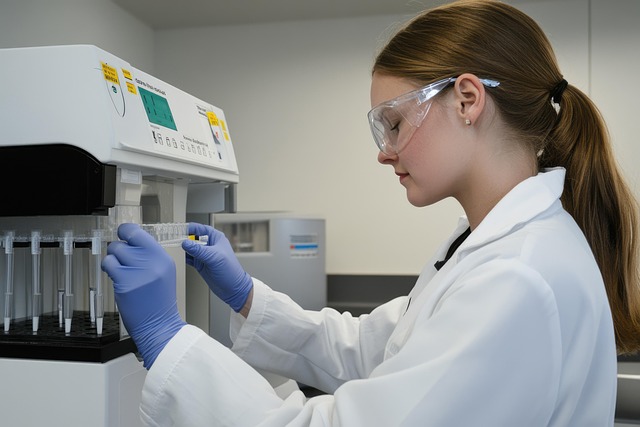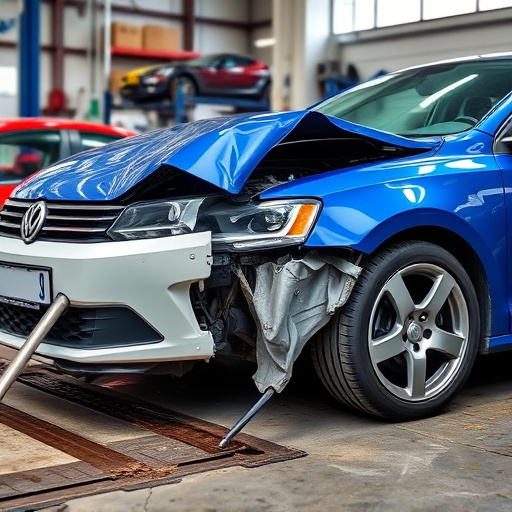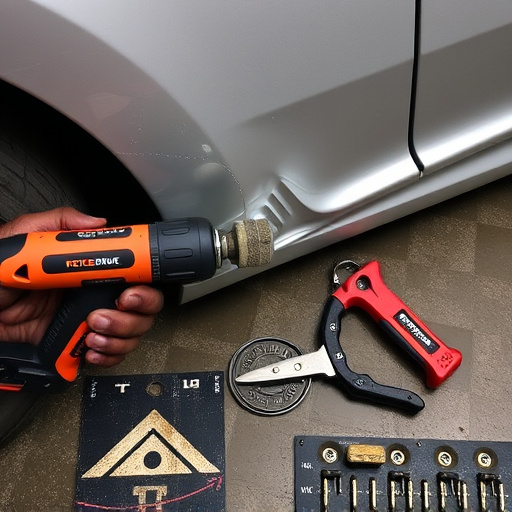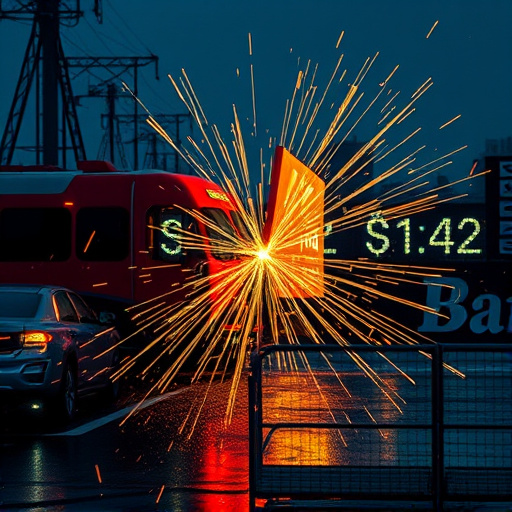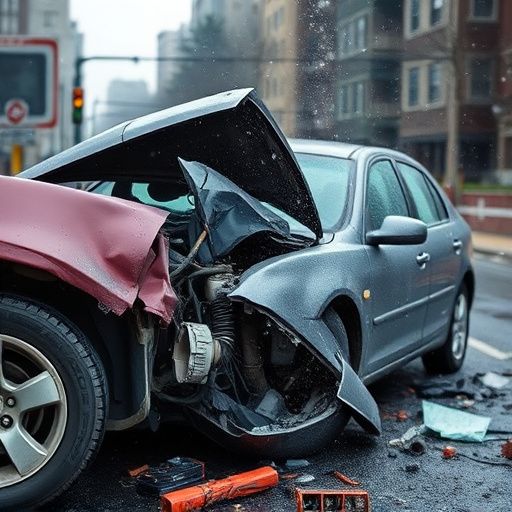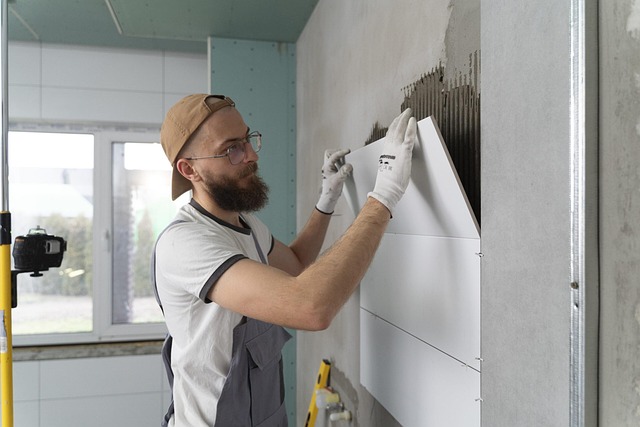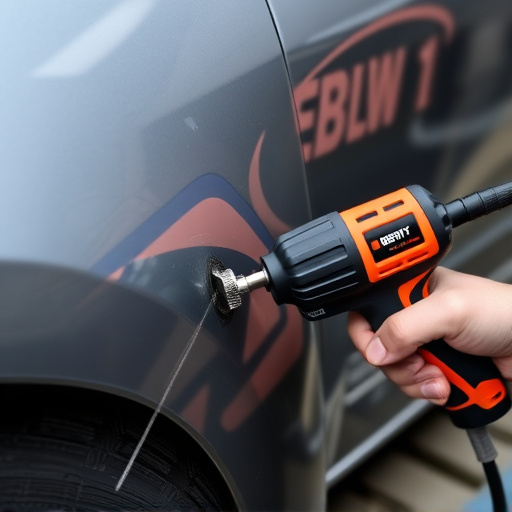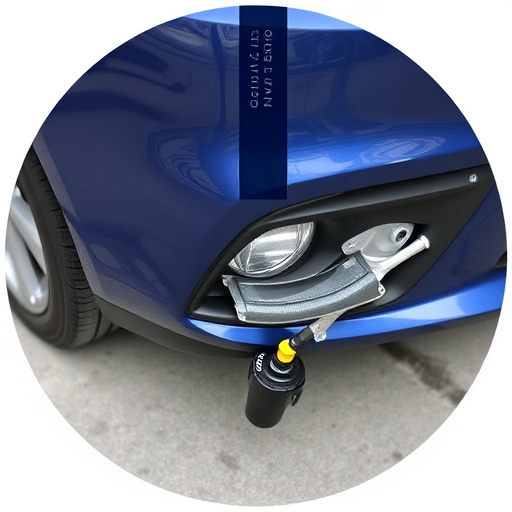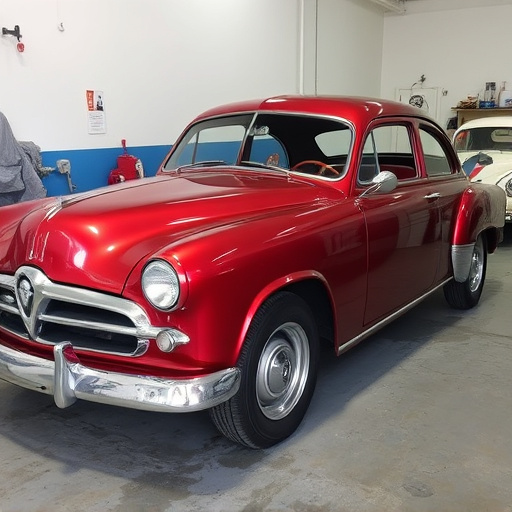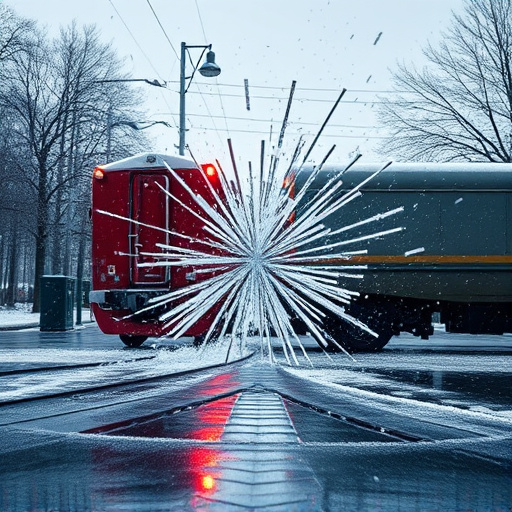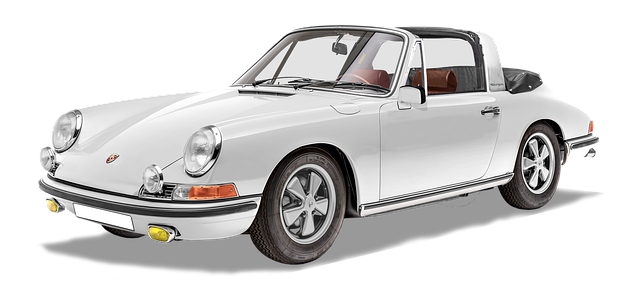Vinyl wrap repair replacement is a specialized process revamping damaged vehicle exteriors, offering a cost-effective alternative to painting. It involves meticulous inspection, cleaning, and precise application using heat guns and rollers for a factory-like finish that matches original color and texture. Poor workmanship signs include uneven wraps, visible seams, faded colors, or bubbles/cracks, requiring careful comparison with surrounding surfaces. Top-tier quality is crucial for maintaining a flawless exterior and extending vehicle lifespan. Reputable shops with experienced specialists, advanced techniques, and precise surface preparation ensure optimal adhesion and structural integrity.
Identifying poor work in vinyl wrap repair replacement is crucial for maintaining your vehicle’s aesthetic appeal and protecting its value. This comprehensive guide breaks down the essentials, helping you spot subpar repairs through visual signs and understand the strategies for ensuring top-quality results. From understanding the basics of vinyl wrap repair to employing effective quality control measures, this article equips you with the knowledge to demand excellence in every replacement job.
- Understanding Vinyl Wrap Repair Replacement: The Basics
- Visual Signs of Poor Work in Vinyl Wraps
- Strategies for Ensuring Quality in Vinyl Wrap Repair Replacement
Understanding Vinyl Wrap Repair Replacement: The Basics
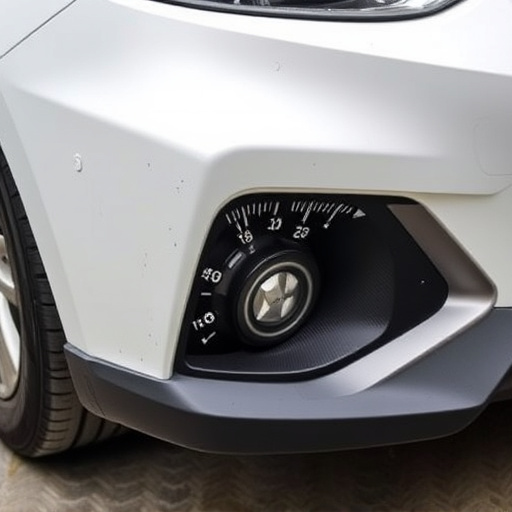
Vinyl wrap repair replacement is a specialized process that involves restoring or replacing damaged or faded vehicle exteriors with new vinyl wraps. This technique has gained popularity due to its ability to transform the look of a car, truck, or SUV while offering a cost-effective alternative to painting. It’s a common practice in collision repair shops and bumper repair facilities to handle these repairs efficiently, ensuring a factory-like finish.
The process begins with careful inspection to identify the extent of damage. Technicians then prepare the surface by cleaning and decontaminating it to achieve optimal adhesion for the new vinyl wrap. This involves using specialized tools and techniques tailored to vinyl wrap repair replacement, such as heat guns and rollers, to ensure a seamless application that matches the vehicle’s original color and finish accurately.
Visual Signs of Poor Work in Vinyl Wraps
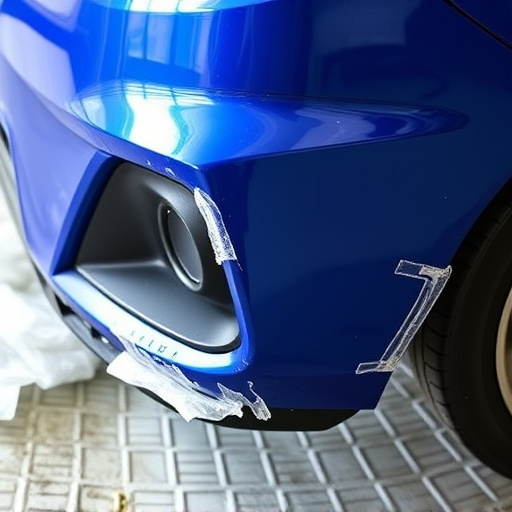
When it comes to vinyl wrap repair replacement, identifying poor work can be as simple as looking for visual signs. One of the most obvious indicators is uneven or bulging wraps. If the vinyl doesn’t lay flat against the surface, it’s a clear sign of subpar repair work. Another common issue is visible seams or creases where the vinyl meets, which can look like wrinkles or ripples.
Additionally, faded colors or discolored patches might suggest poor application techniques or use of inferior quality materials. Look for signs of bubbles, cracks, or delaminating (separation of the vinyl from its adhesive) as these are red flags for a job done incorrectly. Compare the repaired area with the surrounding unharmed surface to ensure seamless integration—any significant difference could point to mistakes made during the car collision repair or vehicle paint repair process, highlighting the need for more meticulous auto frame repair techniques.
Strategies for Ensuring Quality in Vinyl Wrap Repair Replacement
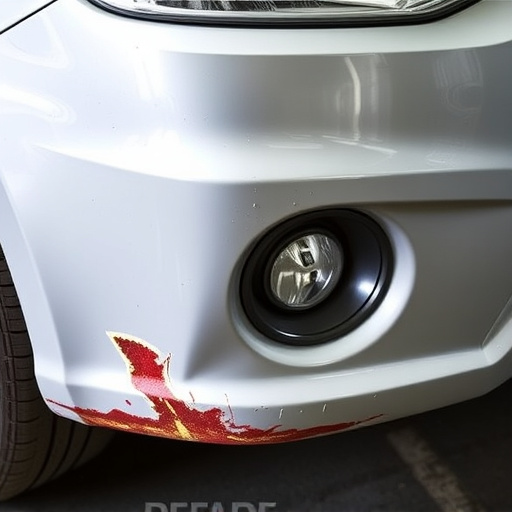
Ensuring quality in vinyl wrap repair replacement is paramount to achieving a flawless finish and extending the life of your vehicle’s exterior. One effective strategy is to choose a reputable shop with experienced technicians who specialize in automotive wraps. These professionals should be well-versed in the latest techniques and materials, adhering to industry standards for safety and durability.
Additionally, thorough preparation of the surface before application is crucial. This includes meticulous cleaning, sanding, and priming to ensure proper adhesion. Regular inspection during the repair process allows for immediate detection of any subpar work or inconsistencies. By staying vigilant and demanding high-quality workmanship, you can safeguard against poor repairs that may compromise your vehicle’s aesthetics and structural integrity, focusing on auto bodywork and vehicle paint repair as needed.
Identifying poor work in vinyl wrap repair replacement is key to ensuring your vehicle retains its aesthetic appeal and value. By understanding the basics of this process, recognizing visual signs of subpar workmanship, and employing strategies for quality control, you can protect against costly mistakes. When choosing a professional, prioritize those who demonstrate expertise and use high-quality materials to guarantee lasting results.
